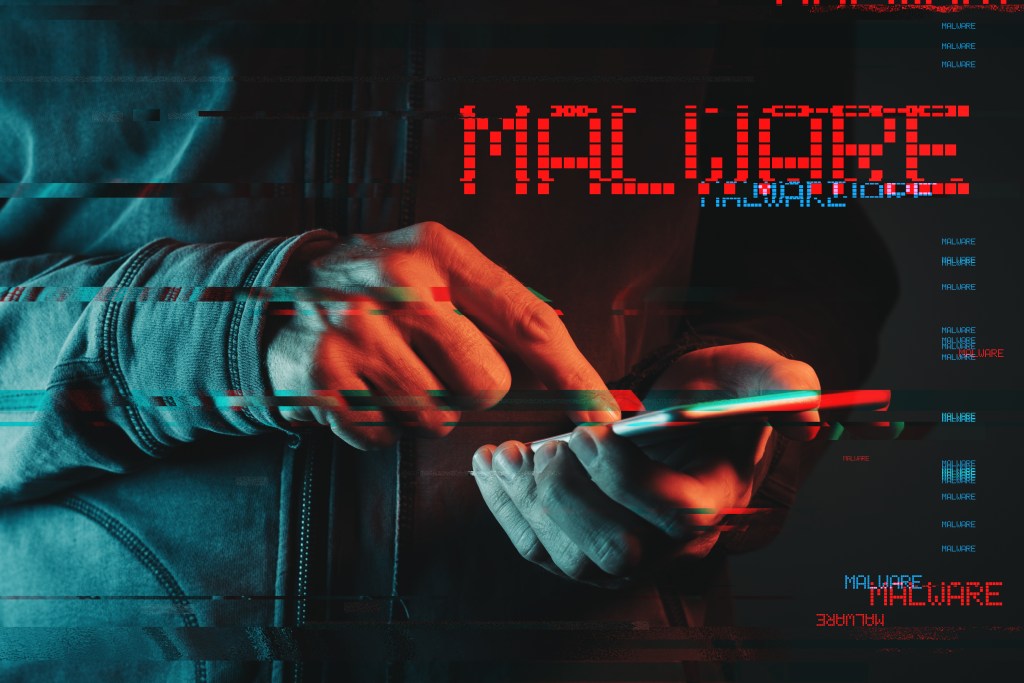
Today, the threats we face are not just physical but also virtual. One such threat, which has increased in recent years, is drive-by malware attack. But what is it, and how can you stay protected?
What is a Drive-By Malware Attack?
A drive-by malware attack is a method cybercriminals use to spread malware without the user’s knowledge. It typically occurs when a user visits a compromised website. Unlike phishing attacks, where victims are tricked into downloading malicious files, in drive-by scenarios, merely visiting a website can trigger an automatic malware download onto the user’s device.
These attacks often exploit vulnerabilities in outdated software or browser plugins.
How Drive-By Malware Attacks Work:
- Compromised Websites: Cybercriminals find and exploit vulnerabilities in websites to insert malicious code.
- Browser Interaction: When an unsuspecting user visits this compromised site, the malicious code scans their device for software vulnerabilities.
- Exploitation: If vulnerabilities are found, the site can then download and install malware onto the user’s device without their knowledge or consent.
Protection Against Drive-By Attacks:
- Keep Software Updated: Regularly update your operating system, browsers, and plugins. Cybercriminals often exploit vulnerabilities in outdated software.
- Use a Reliable Antivirus: A good antivirus software can detect and block many malware threats, including those from drive-by attacks.
- Enable Click-to-Play: This feature, available in many browsers, prevents plugins like Flash or Java from running automatically. Instead, they require manual approval, offering an extra layer of protection.
- Regular Backups: Always back up your data. If malware compromises your system, you can restore it to a previous state.
- Educate Yourself: Understand the signs of a compromised website. Be wary of sites with excessive pop-ups, unexpected redirects, or other unusual behavior.
- Use a VPN: Virtual Private Networks (VPNs) encrypt your data, making it harder for cybercriminals to target you.
To summarize, drive-by malware attacks are silent threats that can compromise systems without active downloads or clicks from the user. However, by keeping software updated, using protective tools, and maintaining a vigilant online presence, you can significantly reduce the risks associated with these cyber-attacks. Remember, in cybersecurity, a proactive approach is always better than a reactive one.
You may find our article on detecting malware on your machine helpful as well as this one by Norton.

